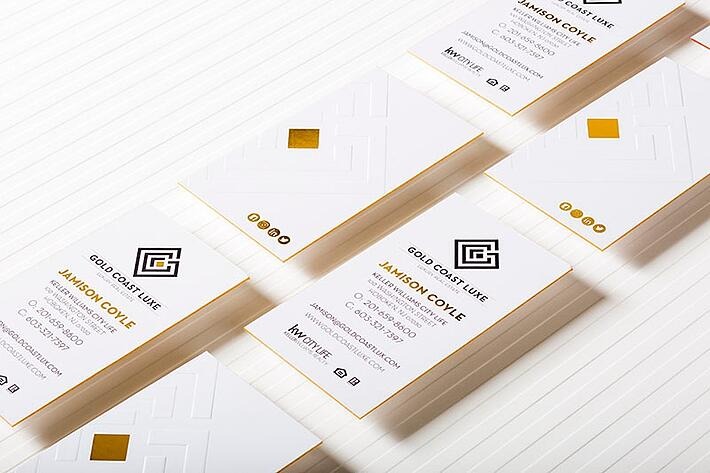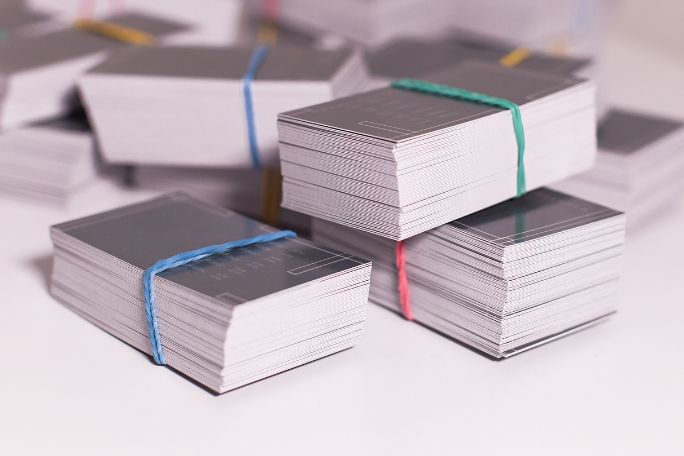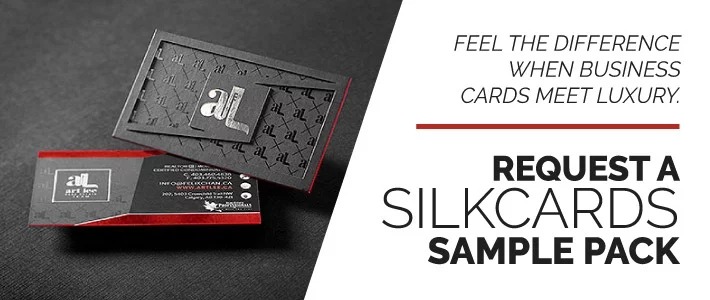Getting a set of business cards printed is an excellent move for most business owners. It gives others a point of contact and leaves something tangible that potential clientele and business partners can remember you by. It’s an incredibly important form of marketing material and one that offers people a glimpse of what your business is all about.
With so many variations floating around, it’s difficult to know exactly what information to include on a business card. You’ll want to give enough information so that people remember:
- What you do
- Why they should contact you
- How to contact you
However, do not include so much information that they feel as if they are reading an epic novel. It’s a fine line but very possible with the right guidance.
Related: Purpose of Business Cards: 7 Reasons the Business Card Will Never Die
Absolutely Essential
There are a few items that are an absolute “must” for your business card. These include:
- Name
- Logo
- Website URL
- Phone number
- Physical address (but only if important to your business)
Consider how you want people to contact you. If you don’t want to receive a lot of emails, you may elect to leave that off. However, your business card is your “calling card,” and if people don’t know how to reach you, it’s an ineffective calling card.
There are also some individuals who feel that an element of mystery is useful, so they don’t tell you what they do; they just give you a web address to visit. While this may seem like a good idea, it typically isn’t. Don’t make your potential customers work in order to do business with you. There’s a very good chance that your business card will be tossed in the trash, and they’ll never visit your website to find out what you do. You want to make things as easy as possible for people to contact you and work with you.
Related: 14 Creative Ways to Use the Back of a Business Card
Good to Include
Once you’ve gotten the necessities out of the way, you can consider including the following to make it even more clear the value you offer:
- Job title
- Brand tagline
If you have a memorable tagline (10 words or less) that will help differentiate you from the next provider in your industry, include it. The idea is to be memorable (in a good way) and stay top of mind with the people that you meet. Often times, a contact you make will not need your services right away, but they may in the future. If your tagline is catchy or your job title is unique, there’s a better chance that they’ll remember you when they do need your services.

Consider Including
Depending on your industry and the amount of information you’ve already included, you may have room for the following information:
- A headshot
- Professional or educational designations
- Icons or handles for social media platforms
In certain sales situations, it is important to include a headshot so potential clients remember meeting you and a connection is established. If you choose to include educational designations, please make sure that they are relevant to your position. Otherwise, it will just come across as bragging.
Related: How to List Degrees on a Business Card
Never Include
Now that you know what you should include on your business card, let’s take a look at the items that are better left off.
- Full URLs for social media platforms
- Personal details that have nothing to do with your position
- Profit or sales numbers
- Your elevator pitch
Some of these items will take up space while others just give too much unnecessary information. Using full URLs for social media will create a jumbled-looking business card that will be difficult for potential clients to navigate. While you should have an elevator pitch prepared for introductions, it’s redundant and will create clutter if you print it on your business card.
A business card should be both informative and pleasing to the eye. This is done by including pertinent information (excluding the fluff) and leaving plenty of white space (blank space) so that the card doesn’t appear too busy and confusing. If done right, your business card will be the visual representation of your connection and represent you well into the future.


